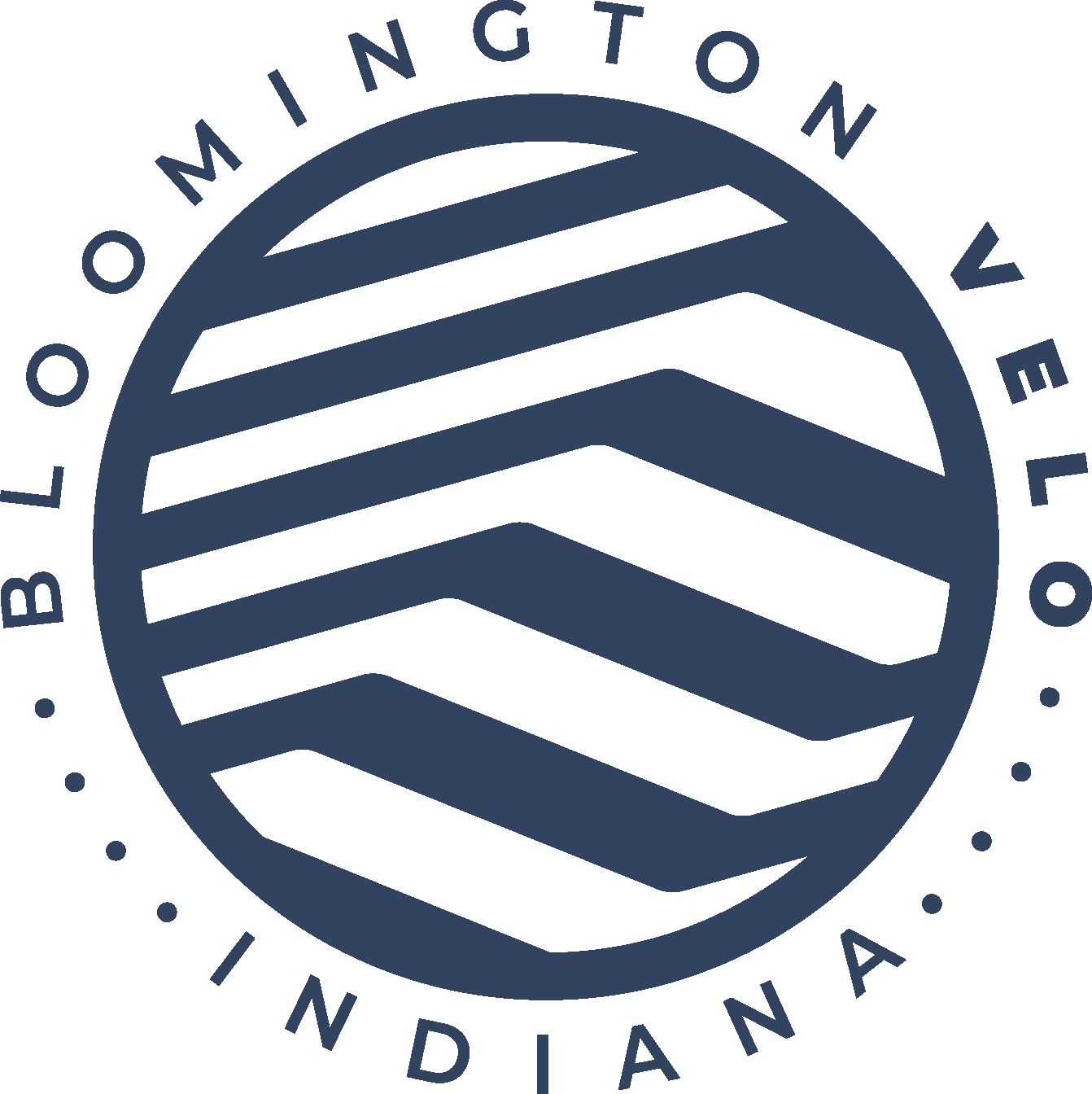Seeking supplemental training to replace the intensity we used to achieve at the Southeastway Park Tues. Night Crits., I’ve ventured the short distance to the Major Taylor Velodrome. On Saturday, June 3, I took the introductory clinic, a day-long affair that covers the basics of track riding and racing. Led by Velodrome administrator, Ken Nowakowski, I found the class informative, well-paced, and quite beneficial. For the price of a race entry fee, you receive hands on instruction from one of the most accomplished track riders and coaches in the country. Not a bad deal at all. The day ended with a motor pacing session, something I had been hearing much of over the past few seasons.
When the southeastway trainer ended, the smart racers went straight for the velodrome. among them were some of my closest friends and competitors. Via those racers, I’d heard about the improved speed, acceleration and anaerobic capacity that track racing offers the basic road racer. More importantly however, I saw the results. While I was going backward, Bedwell, Murphy and Marhanka continued moving forward. Murphy won the IRS overall in 2004, Marhanka has won many regional races at the Masters level, and the over 50 Bedwell continues to marvel the young guys by placing top 5 in the occasional 1,2 races he enters. Speed.
Behind the motor bike, these guys regularly push the equivalent of a 53X16 over 40 mph. That’s about 150 rpm folks. It’s one thing to ride the 54X12 at 42 mph behind the draft of a mini-van, but quite another to spin the gear in the draft of a motor cycle. And so, by hearing about and seeing the results, it did not take much to convince me I needed to be riding in the velodrome.
Following the intro clinic, I attened the Cat. 4 Tues. night sessions the following two tuesdays. Hardly a Cat. 4 field, racers included Adam Liebovitz, the top Junior in the area and a young man who has been racing track for nearly two years; his father, also a trackie for over two years, Ryan Meyers of Ft. Wayne, Whit Bazemore and a few other seasoned veterans. Although short due to time limits, the races were intense throughout -just what I was looking for to amp the anaerobic engine back up to speed.
After my second Tuesday I was granted a probationary participation for the weekend racing when the 1,2 and 3 categories compete. Being a sub-culture of cycling in general, I was pleased to find more camaraderie among the trackies than the roadies. When I first arrived to the MTV I had to change my gear by replacing the chain ring. Getting the chain tension just right is an art in itself and being mostly thumbs, I natrually struggled. None other than Curtis himself, 17-time National Champion, came over to lend his expert eye and hand. I appreciated his help, along with Brian Murphy and their gestures added a comfort level to the experience. Thanks again guys.
Once the racing began, the thrill of the hunt took over. On the track, with no brakes, it’s actually much safer than on the road where someone in front of you can brake and cause a pile up. Because the fields were small last Saturday, Ken combined the 1,2 with the 3 field. With people buzzing in and out and all around, the action remeinded me of the Star Wars scene where they buzzed through the forest, diving under, around and over trees and leaves, on those air propelled, jet-ski type vehicles.
Riding only one gear, there is no shifting. If you want to go faster, you pedal faster. Pretty simple. And very beneficial to the road racer who wants to improve. Harry Clark was the top rider in the Category 3 events, winning the Scratch and the Points race, the latter by a wide margin. Fortunately the rest of the 3s, Harry was upgraded after last Saturday.
My own successes were minor, but gratifying. It’s been a good start. I’ve been “on the motor” a handful of times now and I can say with certainty, this type of training is what will elevate riders to improved fitness. although I have not hit the 40-mph mark yet, it’s coming. Like anything, the more time you do it, the more comfortable and accomplished you become.
The velodrome is a great venue, of world class stature. There are no cars on the track, etiquette dictates rider actions making the riding much safer than group rides, and the expense to ride and race is less than road racing entry fees. The bottom line is that all of these benefits will make you a better road racer. Again, look at Curtis Tolson. He’s been racing track from the beginning of his career. He’s still winning at the elite level in our neck of the woods. He still makes the two hour trek up to Indy almost every Friday night.
There are workings going on behind the scenes at the Velodrome to make it even more viable. Already this season, Delta Faucet of Carmel has offered support by providing generous prize lists of $1,000 every weekend. Think about it. You get 3 races per night for a mere $20 entry fee. That’s 3 chances at some of the prize list, not to mention 3 chances to work on positioning, acceleration, top speed and anaerobic fitness.
Greater prize lists and bigger events are forthcoming. If you haven’t caught the band wagon yet, there is still time. The Major Taylor Velodrome is making a comeback and those who utilize it will be leading the way on the track AND on the road.
